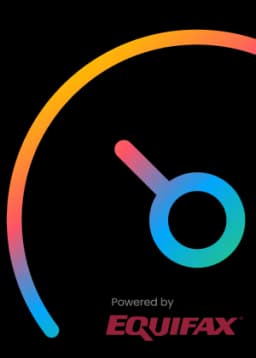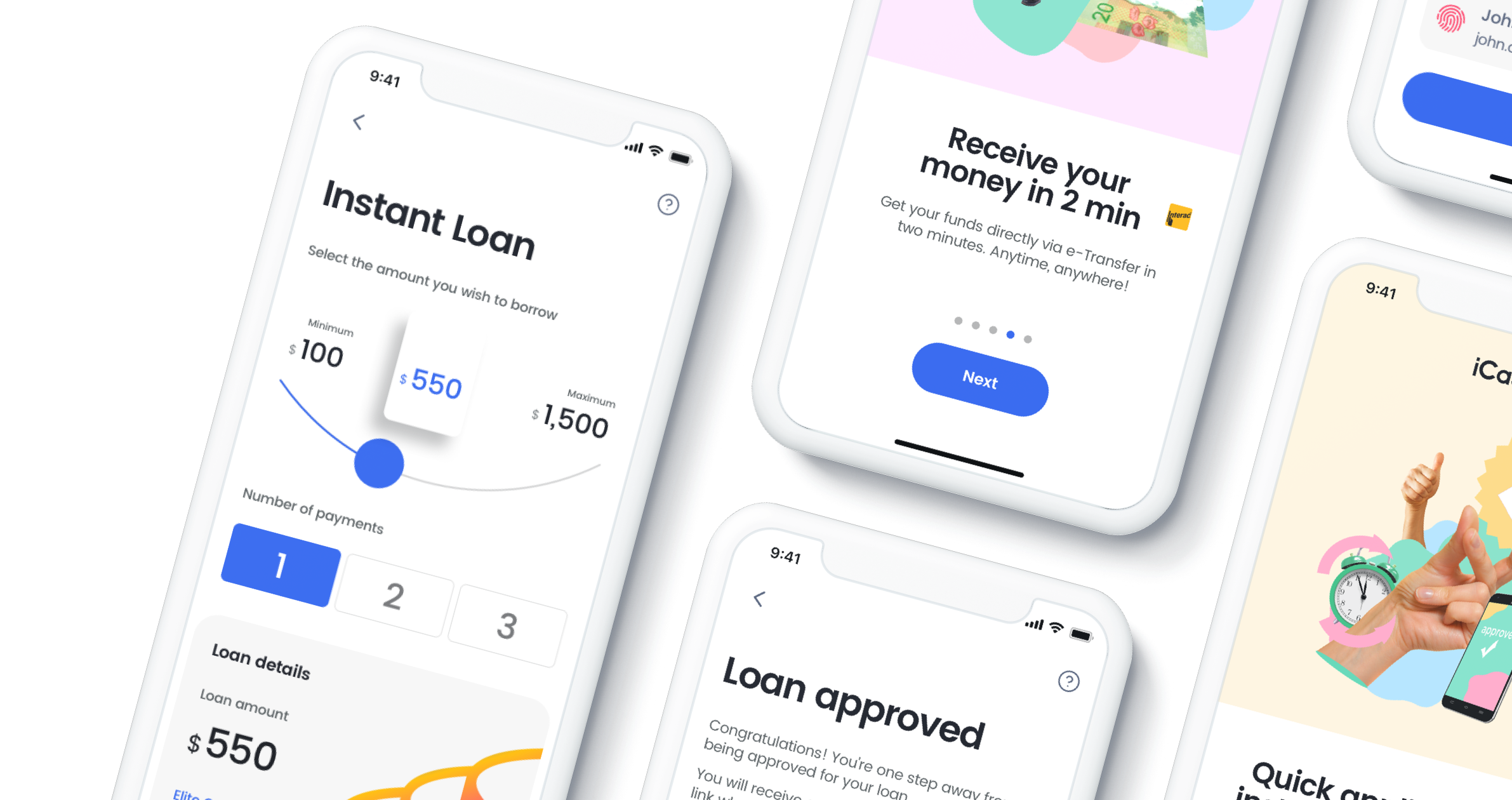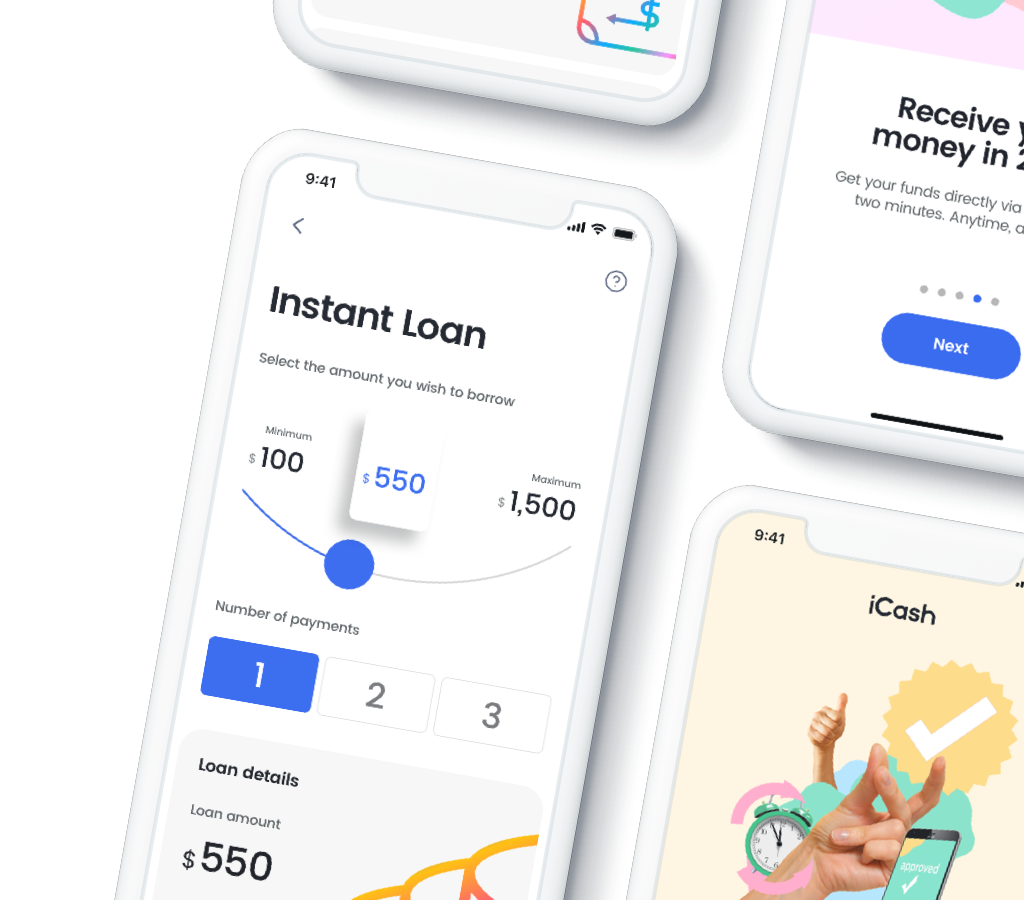There are times when financial trouble will strike and you may not be able to pay all of your bills on time. This can be stressful, as you try to navigate how to get your finances back on track. One thing you may be worried about is the impact that late payments can have on your credit score.
If you have an outstanding payment, you should know that your creditors may send your account to a collection agency. This will show up on your credit history as a collections entry. If you are trying to improve your credit score, this is something that should be avoided. But, if it happens, you may be wondering how you can get rid of this collections entry altogether.
This is a very common question many people in this situation have. The good news is that it is possible to remove collections from your credit report in Canada, however, there are a few things that you need to know beforehand.
As a leading instant loan provider in Canada, iCash is here to help you understand everything you need to know about collections on your credit report and how to have it removed. We understand that financial troubles can happen to anyone and we want to help you get back on your feet.
How to Remove Paid Debt Collections from Your Credit Report
You may be wondering if it’s possible to remove collections from your credit report in Canada if you’ve already paid them off. The answer is yes, but it may take some time and effort on your part. There are also certain circumstances where it may not be possible to have a collections entry removed.
Below are a few ways to remove collections from your credit report in Canada:
Pull a Copy of Your Credit Report
The first step is to get a copy of your credit report from Equifax or TransUnion. You’re entitled to one free credit report per year. Once you have your credit report, go through it and look for any collection entries. If you find any, make note of the date of the entry and the name of the collection agency.
Once you have the report, you can make the appropriate choice on whether or not to follow through with the next steps of having the entry removed altogether.
Wait Beyond the Statute of Limitations
In Canada, the statute of limitations on collection entries is six years from the date of the first missed payment that led to the account being sent to collections. After six years have passed, the collections entry will likely be removed from your credit report. If, for some reason, the entry hasn’t been removed after the six year mark, you will have to ask the creditors to remove it.
Although you may not want to play the waiting game, keep in mind that the collections entry will have less of an impact on your credit score as time goes by. This is because creditors are more interested in your recent credit history rather than events that happened in the past.
Ask Creditors to Remove Negative Items
While a collections account can stay on your credit report history for six years, once you have paid off the debt, there are certain circumstances where you can have it removed sooner.
For example, if you made regular payments on the account before it was sent to collections and there were no late payments for at least six months leading up to the account being sent to collections, you can ask the collection agency to have the entry removed from your credit report.
To do this, you will need to provide evidence of your on-time payments to the collection agency. Once they have this information, they will contact the credit reporting agency and ask them to remove the entry from your credit report. This process is known as “goodwill deletion,” however, collection agencies are not obligated to agree to this request.
If the collection agency does agree to delete the entry from your credit report, get the agreement in writing. This will protect you in case the collection agency doesn’t follow through.
Get Help from a Credit Repair Agency
If you’re still having trouble getting the collections entry removed from your credit report, you may want to consider working with credit repair companies.
A credit repair agency will work on your behalf to try and remove the entry from your credit report. They will also help you improve your credit score and take steps to prevent negative items from appearing on your credit report in the future.
While working with a credit repair agency can be beneficial, these services come at a cost. That’s why you’ll want to make sure the investment is worth it by understanding how credit repair works and what to expect.
Credit repair agencies typically use a multi-step process to help improve your credit. First, they will pull your credit reports from major credit bureaus. Next, they will identify any negative items on your report, such as late payments, collections, or charge-offs. Once these items have been identified, the credit repair agency will work with you to develop a plan to address them.
How to Remove Expired Debt Collections From Your Credit Report
As mentioned, collection entries stay on your credit history for six years from the date of the first missed payment that led to the account being sent to collections. Once six years have passed, the collections entry will be automatically removed from your credit report.
However, if you notice an expired entry that has not yet been removed from your account, you can take steps to have it removed.
File a Dispute With Credit Bureaus
You can file a dispute with the credit reporting agencies for an expired collections entry.
When you file a dispute, the credit bureau will investigate the entry and if they find that it is expired, they will remove it from your credit report.
You can file a dispute online, by mail, or over the phone. To do this, you will need to send a letter to the credit reporting agency asking them to remove the expired entry from your report.
In your letter, be sure to include:
Your name, address, and phone number.
The name of the collection agency.
The account number that is associated with the collection.
The date the collection was first reported.
A statement asking for the entry to be removed.
You should also include a copy of your credit report with the expired entry highlighted.
Once the credit reporting agency receives your letter, they will investigate and determine if the entry should be removed from your credit report. If they find that the entry is accurate and has not yet expired, they will not remove it from your report. Note that it may take creditors up to 30 days to respond.
However, if they find that the entry is inaccurate or has already expired, they will remove it from your report and send you written confirmation that the entry has been removed.
What if An Account in Collections is Not Showing Up On Your Credit Report?
If you have an account that has been sent to collections but is not showing up on your credit report, there are a few possible explanations.
First, it’s possible the account has not yet been reported to the credit bureau. In this case, you can wait a few months and check your credit report again to see if the entry has been added.
Whatever you do, you'll want to make sure that you're not checking your credit report too frequently. This is because each time you check your report, an inquiry is added to your file. Too many inquiries can negatively impact your credit score.
Another possibility is that the account has been reported but is not showing up because it is already past the six-year mark. Lastly, your account may have been reported but it’s not appearing on your credit report because it’s been incorrectly entered. In this case, you can file a dispute with the credit reporting agencies and ask them to investigate further.
For any further information on how a collections entry can affect your credit score, or to learn more about credit reporting in Canada, be sure to check out the Government of Canada's page on dealing with a debt collector.
You can also visit the Financial Consumer Agency of Canada's resource page which provides useful links that aim to educate and strengthen Canadian’s financial literacy.
Financial Solutions for All Credit Types
If you have poor credit, you may be feeling like you’re in over your head. But the good news is, there are options available to help you get back on track.
At iCash, we work with clients of all credit types to help them get the financial assistance they need. Whether you’re looking for short term funding to cover an essential expense or you need help with an emergency repair, we can work with you to find a solution that best fits your needs.
What’s more, our online application is quick and easy to complete, and you could get the money you need in as little as 2 minutes, 24 hours a day, 7 days a week.











